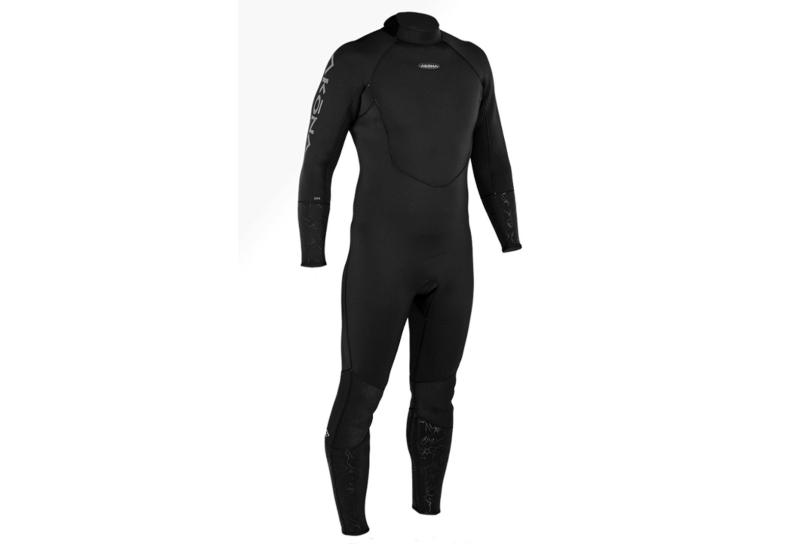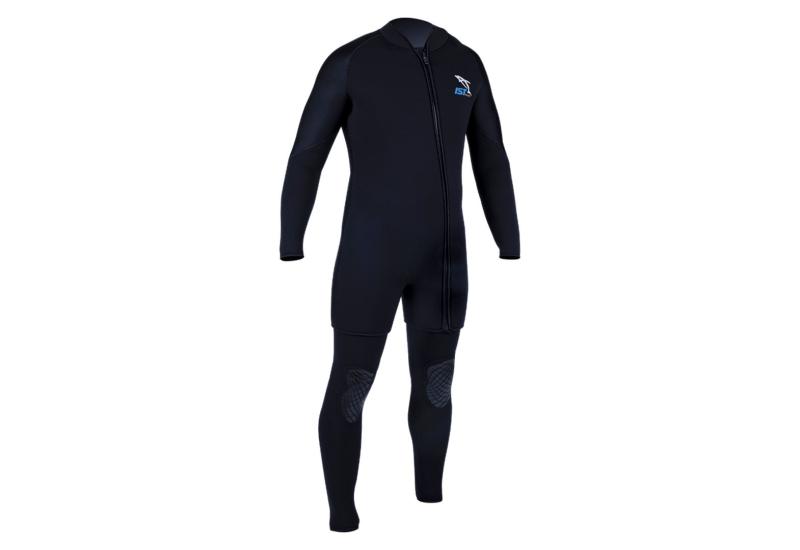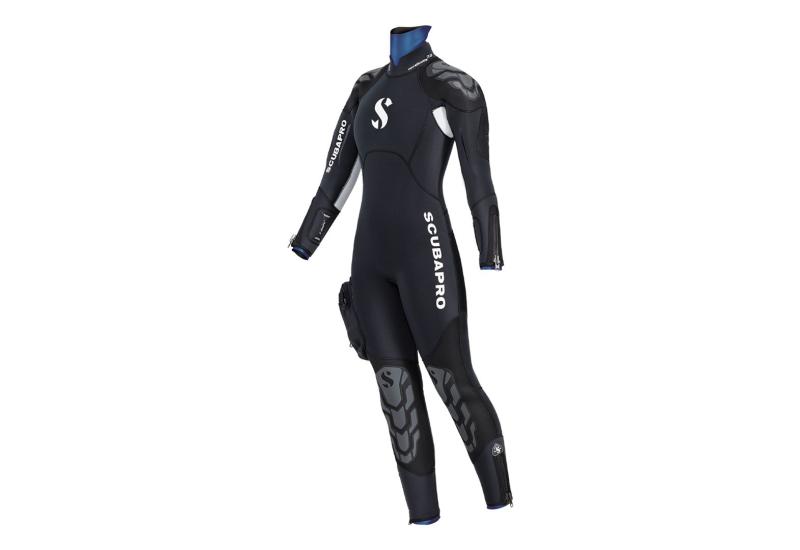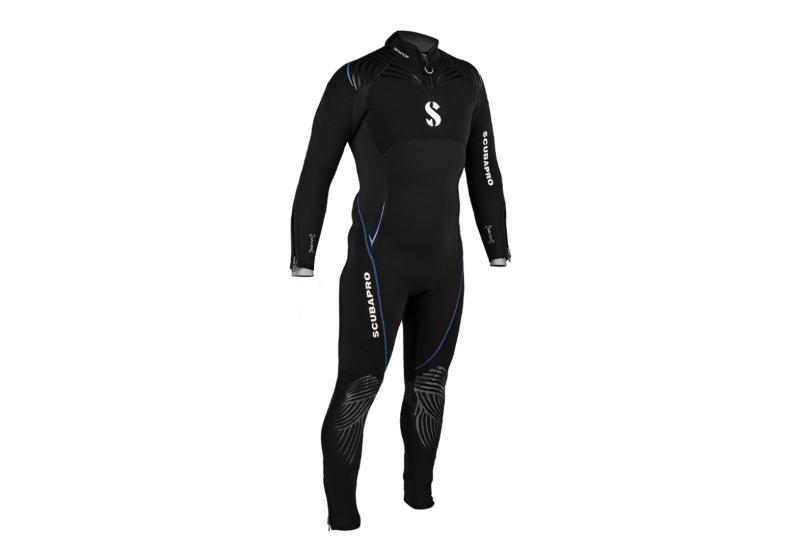Why Scuba Divers Wear Rash Guards
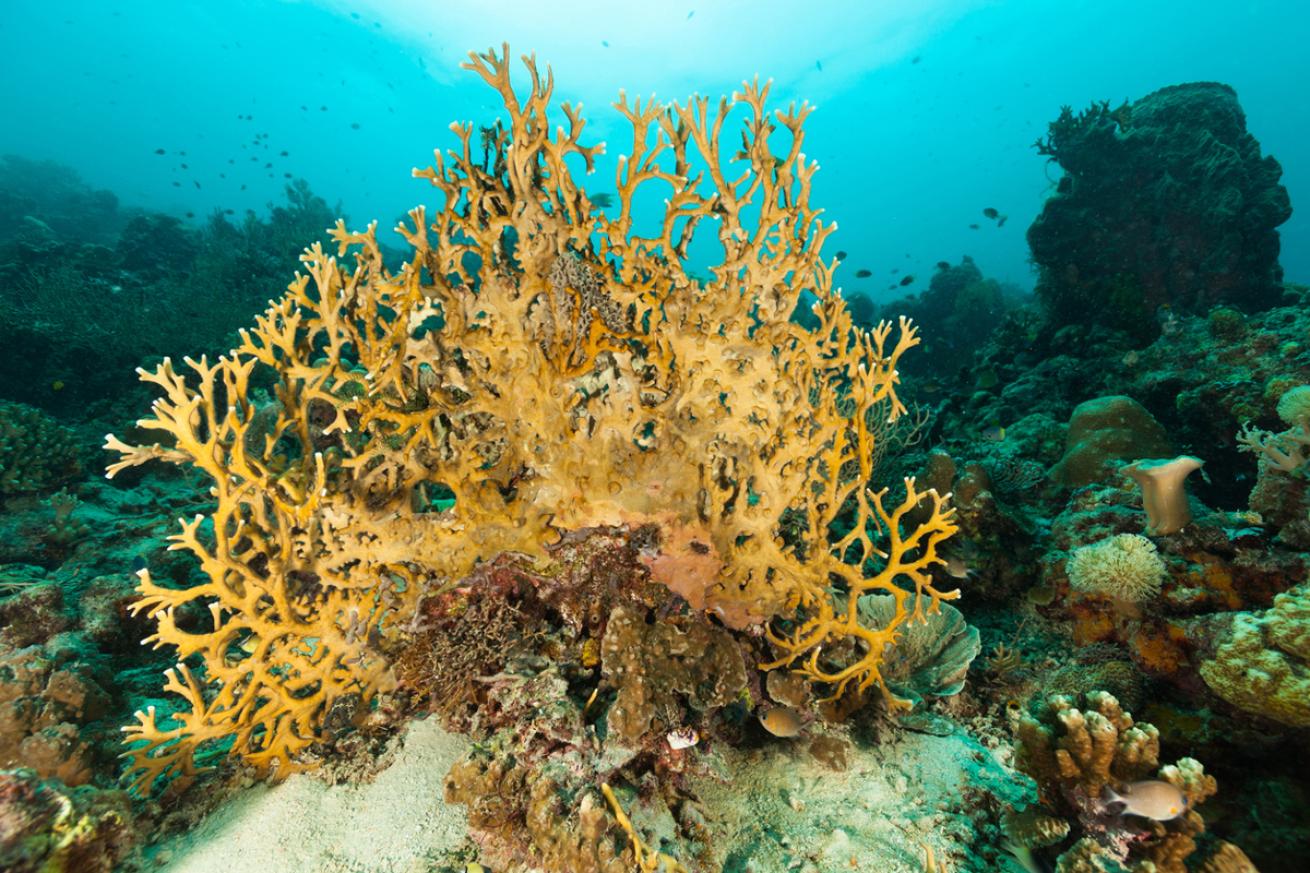
iStockIf you're diving, snorkeling or swimming without a wetsuit, a rash guard can provide protection against stinging creatures like fire coral.
Do scuba divers need a rash guard? After all, it’s not necessary for life support like a regulator or BC. That’s true, but a rash guard is a versatile garment for anyone who spends a lot of time in and around the water. For scuba divers specifically, it offers protection against the sun and stinging critters, is a fast-drying coverup, and makes it easier to get into a wetsuit. Before you buy one, consider your needs:
• UV Protection. When you wear one, you help protect yourself from the sun and stinging critters like fire coral and jellyfish. Some rash guards even have a UPF (Ultraviolet Protection Factor) rating of 50+ meaning you get serious protection from harmful UV rays.
• Rash Protection. Rash guards also act as a protective layer between your skin and your wetsuit, which can have seams that rub and irritate you.
• Getting In and Out of a Wetsuit. The lycra or nylon material of a snug-fitting rash guard can make wiggling into and out of your wetsuit a snap. Looser-fitting ones are often preferred if you’re primarily wearing it as a comfortable coverup during surface intervals or for activities other than diving, such as relaxing on the beach, kayaking or stand-up paddleboarding.
• Improves a Wetsuit’s Insulative Properties. The extra layer of clothing offers a bit more insulation underwater. In very warm-water locales, the rash guard and board shorts may be all you need.
• Quick Drying. Sure, you can wear your favorite dive T-shirt in between dives, but if it’s chilly, why spend your surface interval in a soaking-wet top? Quick-drying rash guards will help keep you warmer. If the day is hot, in addition to getting UV protection from your rash guard, you’ll be less sweaty than if you are wearing a T-shirt.
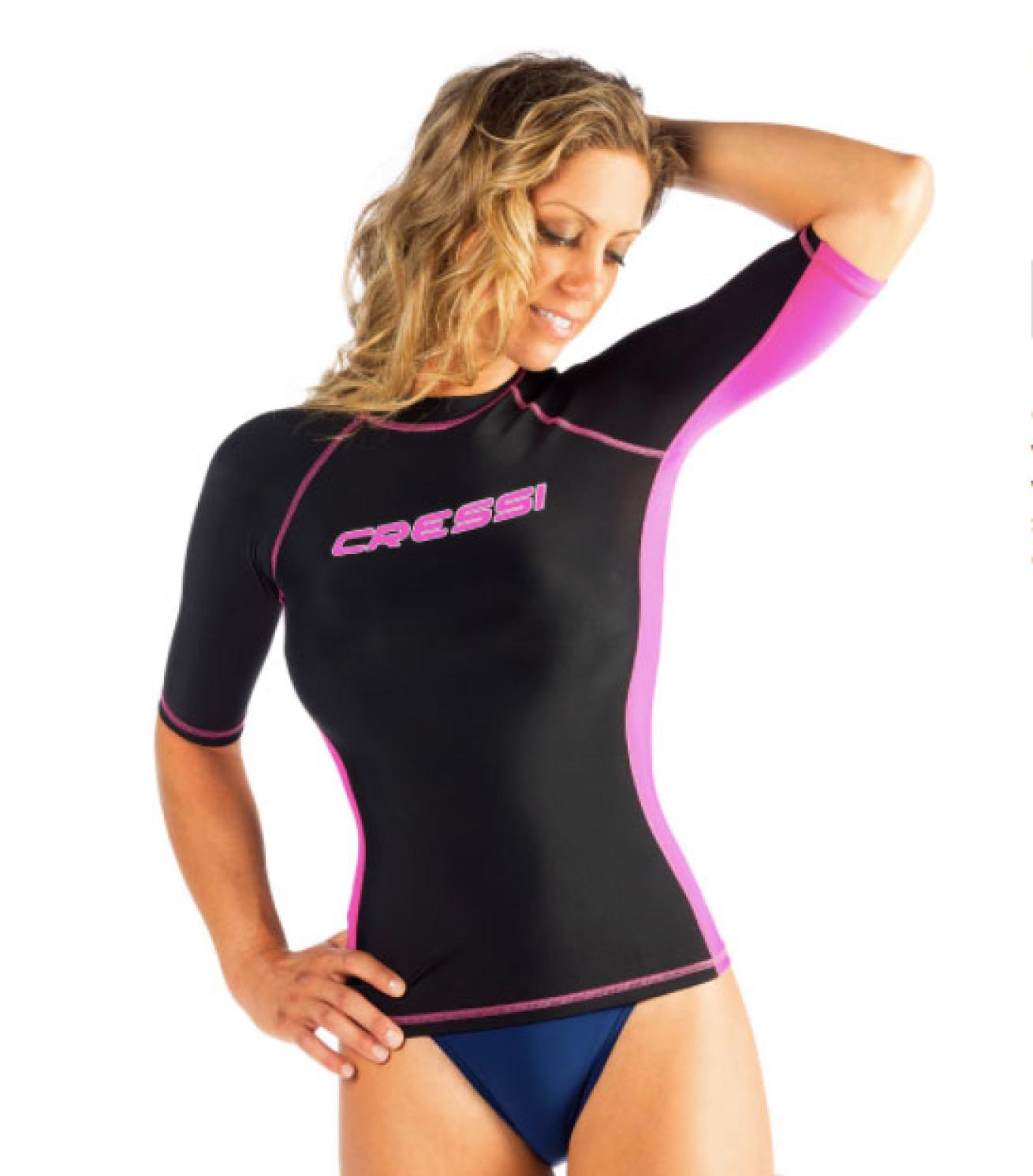
Courtesy CressiCressi has a full range of men’s and women’s rash guards, in many sizes and in both short- and long-sleeve styles. They offer SPF 40 protection.
GEAR UP
When buying a rash guard, keep in mind:
• The most common materials used in making rash guards are nylon, lycra, spandex or polyester. Look for ones that have been treated with a special UV coating to increase their value in protecting against harmful UV rays.
• Look for flat-lock stitching, which creates a seam that lies flat to the garment, making it more comfortable against your skin. This is especially important if you have sensitive skin.
• Rash guards are usually tight-fitting; however, they do not need to be skin-tight if that’s not comfortable for you.
• To make it even easier to slip into your wetsuit, also invest in a pair of rash guard pants.

